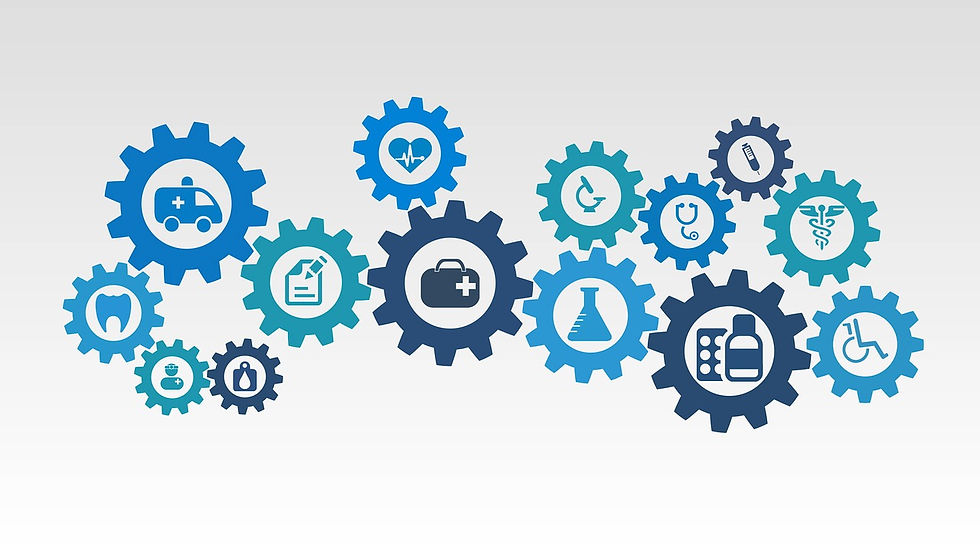Registered Dental Hygienists' Role in Comprehensive Health Care
- ALeeRDH

- May 20, 2019
- 2 min read
Updated: Aug 1, 2019

Have you ever had your blood pressure taken by a registered dental hygienist (RDH)? If you've been to the Dalhousie University Undergraduate Clinic, then yes you have! Many people are unaware that RDHs are trained to take vitals including pulse, respiration, and blood pressure. Oral health is an integral part of overall health, and many studies have shown that oral health and cardiovascular health are linked.
As a clinical instructor at Dalhousie University, I supervise patient care in the dental hygiene clinic. During the assessment phase, I may assist or observe vitals being taken. At Dalhousie University it is protocol to take each patients blood pressure, pulse and respiration annually. For hypertensive patients, blood pressure is taken in each series of appointments for dental hygiene; more than one appointment is often necessary due to treatment being conducted in a learning environment. For hypertensive patients, blood pressure is taken at the first appointment in the series. If the reading is significantly higher than usual, it is taken again in five minutes to check the validity of the reading. Three outcomes may occur:
Blood pressure returns to normal range for that patient. In this case, it will not be taken again until the next series of appointments (could be 3 months, 4 month, and 6 months typically).
Blood pressure is still higher than expected, but within the limits for treatment outlined in our protocol. In this case the patient is told to check in with their physician or nurse practitioner and have their blood pressure taken again at their next appointment in the series for follow up.
Blood pressure is outside of limits for treatment. In this case the patient fills out a referral form that is sent directly to their physician or nurse practitioner; this form indicates that the patient cannot be seen in the clinic for further treatment until the blood pressure is under control and within our protocol limits.
What does this mean for patients? It means they have another health care professional checking for changes. The Government of Canada (2017) recommends having blood pressure measured at least once a year by a health care provider. If a patient sees their physician or nurse practitioner annually, what could happen from then to next year? High blood pressure symptoms such as dizziness, headache, shortness of breath and vision problems could be dismissed easily. According to The American Heart Association (2016) undetected high blood pressure can lead to heart attack, stroke, heart and/or kidney failure and more. Therefore, having blood pressure taken by a RDH and referring to the appropriate health care professional can help patients get diagnosed and receive treatment to avoid further health complications.
References:
American Heart Association. (2016, October 31). Health Threats From High Blood Pressure. Retrieved May 20, 2019, from https://www.heart.org/en/health-topics/high-blood-pressure/health-threats-from-high-blood-pressure
Government of Canada (2017). Signs and Symptoms of High Blood Pressure. Retrieved May 20, 2019 from https://www.canada.ca/en/public-health/services/diseases/heart-health/high-blood-pressure/signs-symptoms-high-blood-pressure.html



Comments